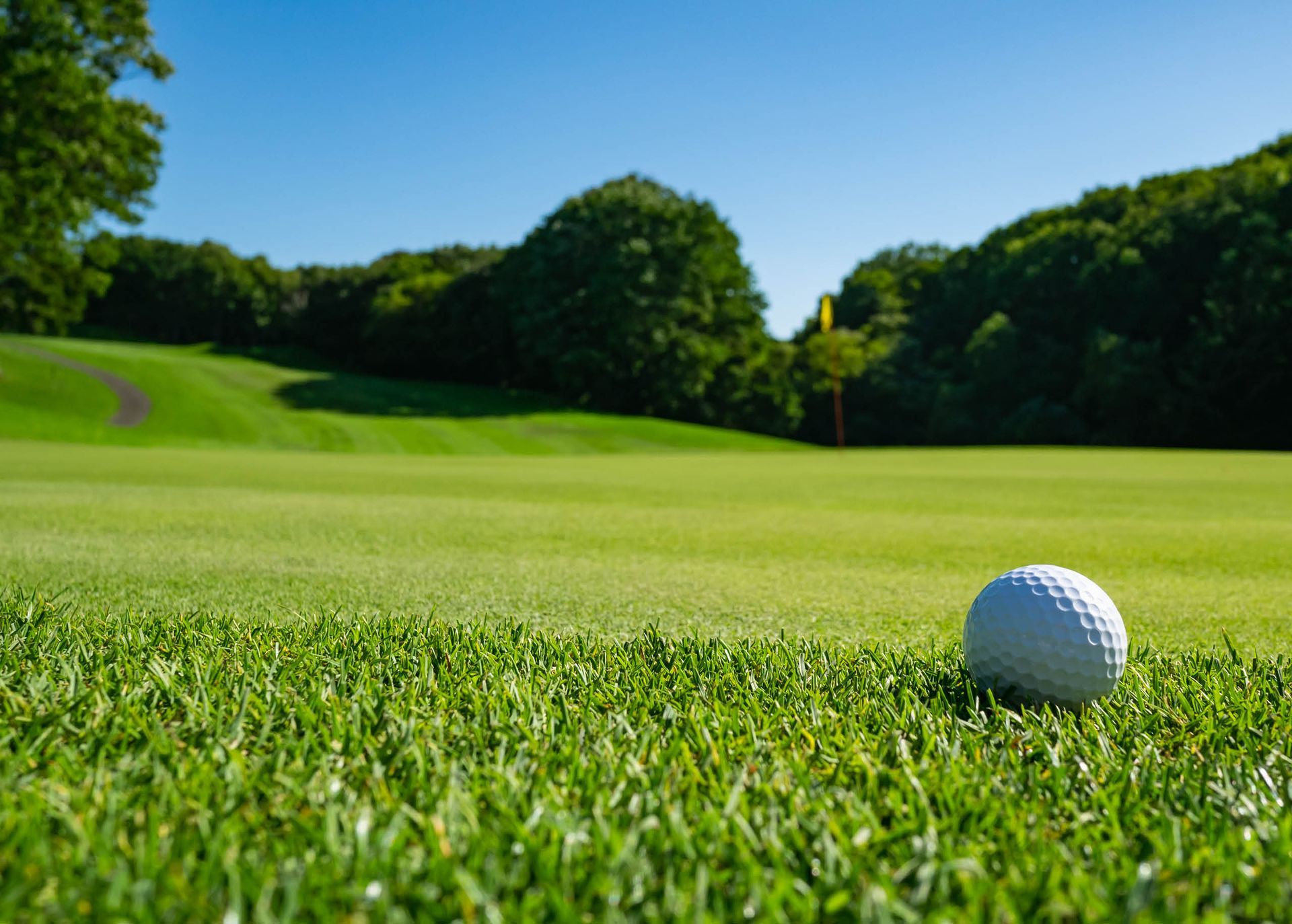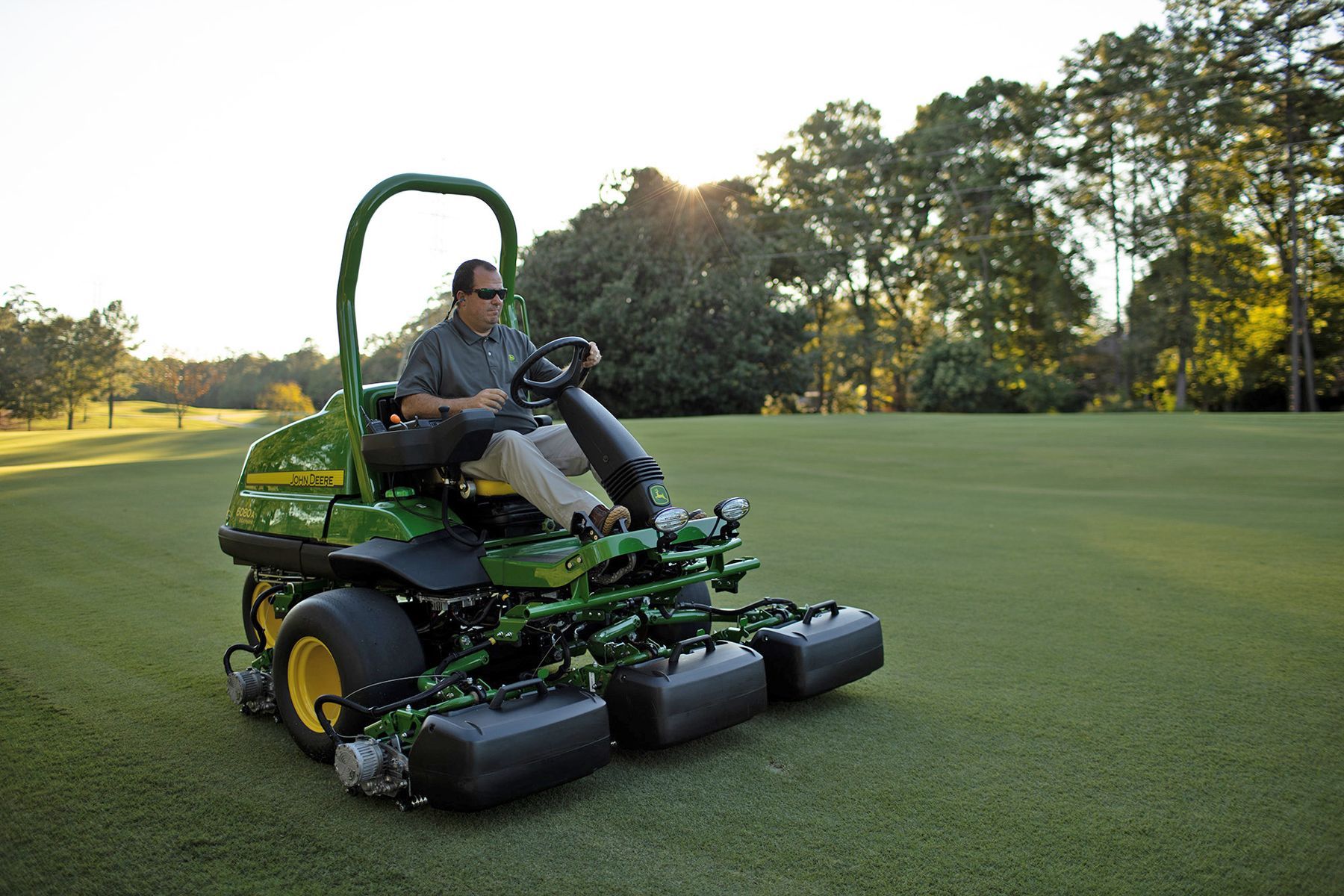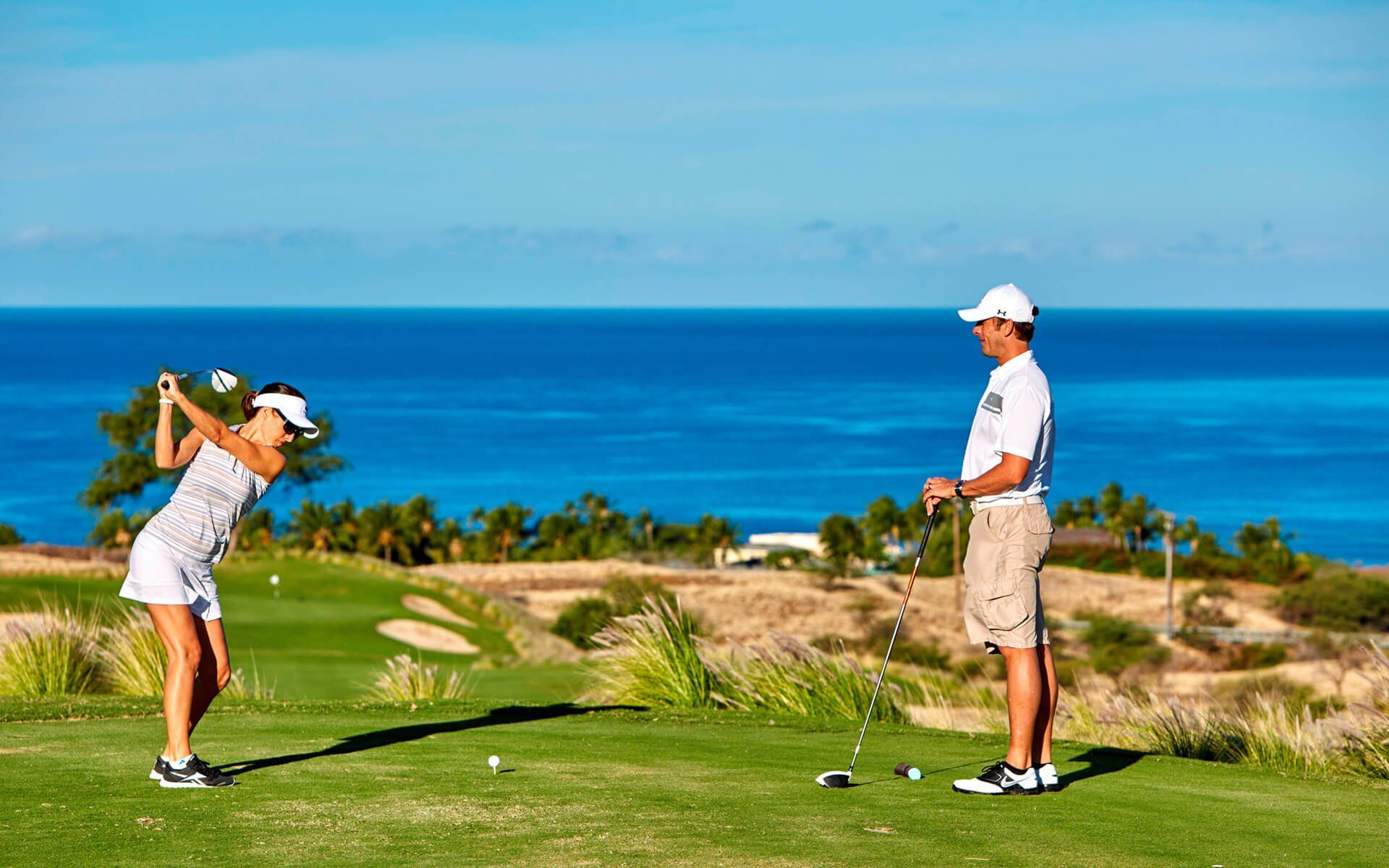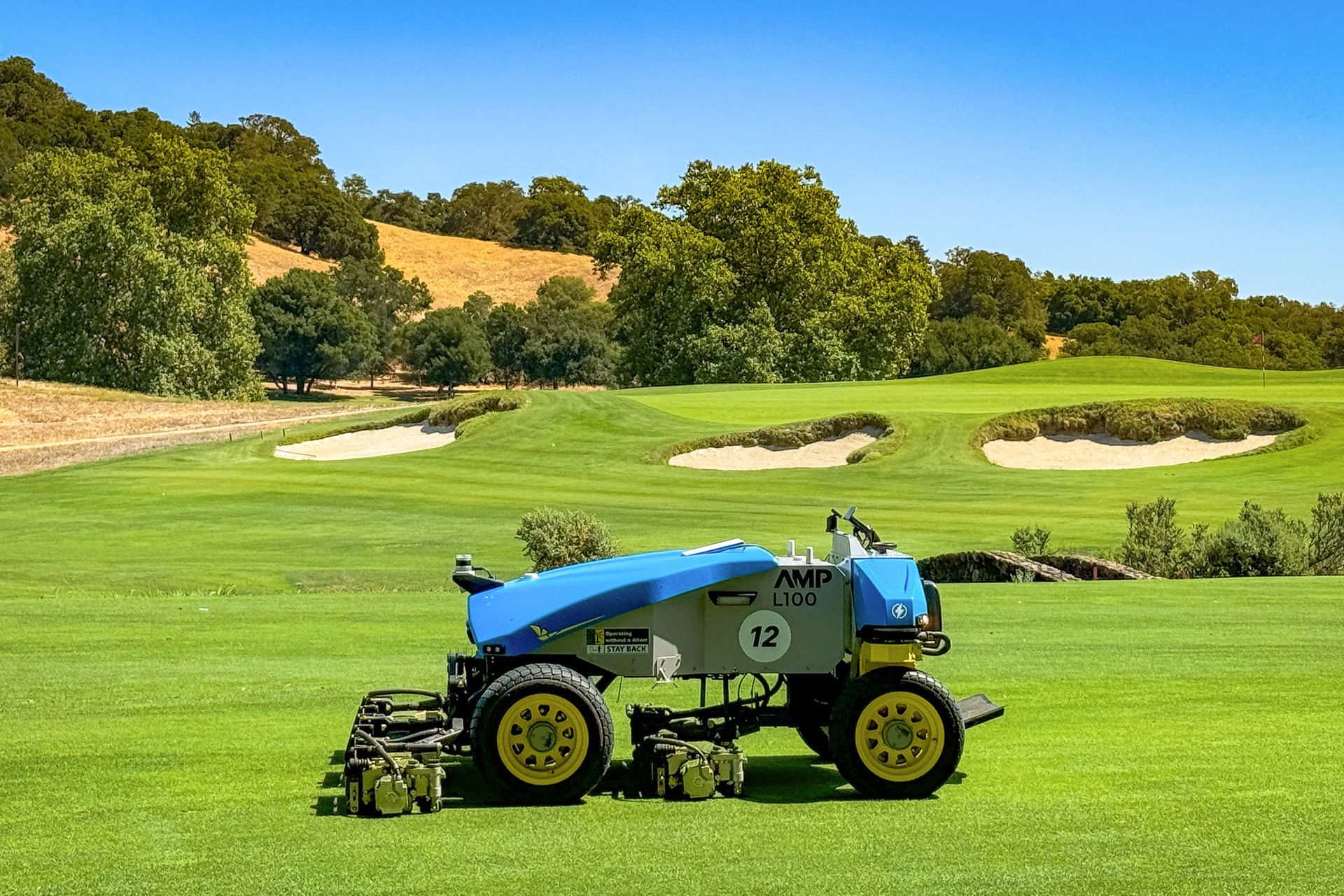May 10, 2025
Irons vs. Hybrids: Which Should Be in Your Bag?
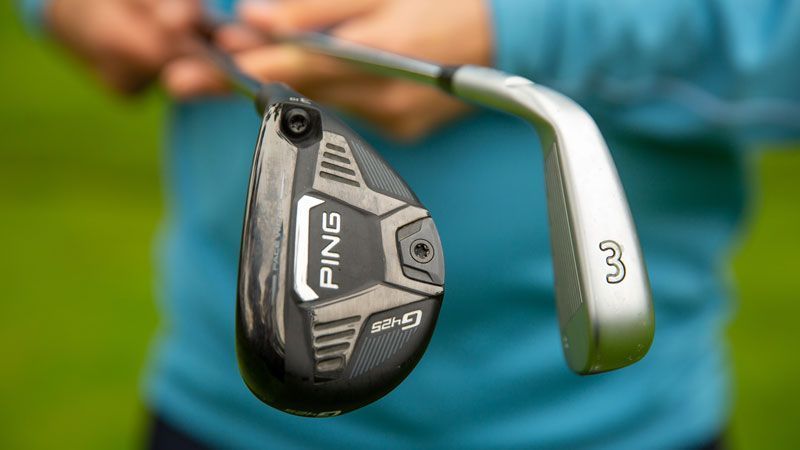
Choosing the Right Clubs for Consistency, Distance, and Confidence on the Course
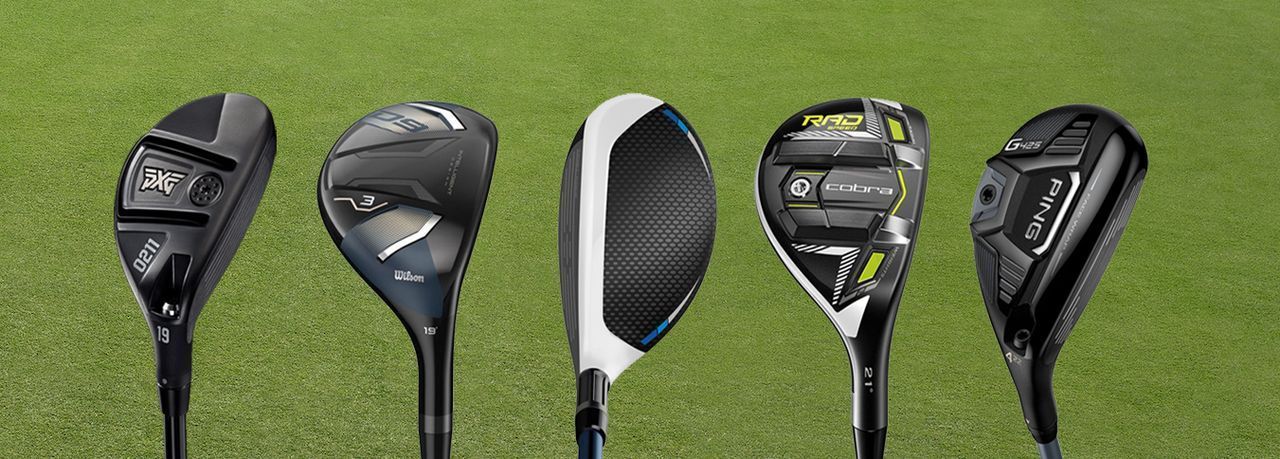
Understanding the Basics: What Are Irons and Hybrids?
When assembling a golf bag, every club matters. Among the most debated decisions for both amateur and experienced players alike is whether to carry traditional long irons or replace them with hybrids. To make an informed decision, it helps to start by understanding what these clubs are and what they are designed to do.
Irons, especially long irons like the 3, 4, and sometimes even the 5-iron, have historically been a staple in a golfer's arsenal. These clubs are designed for precision and control and are typically used on longer approach shots or tight lies. The heads of irons are smaller, with a thinner face and minimal offset, and they demand a high level of skill and consistency to hit well.
Hybrids, on the other hand, are a relatively modern innovation in golf. Designed to blend the best characteristics of irons and fairway woods, hybrids feature a larger clubhead with a lower and deeper center of gravity. This design helps get the ball airborne more easily and offers more forgiveness on off-center hits. For players who struggle with consistency using long irons, hybrids present an attractive alternative.
The Performance Differences: Forgiveness and Launch
One of the most significant reasons many golfers switch to hybrids is the forgiveness factor. Long irons require a solid strike with a descending blow to produce a high, accurate shot. For mid-to-high handicappers or those who play only occasionally, this can be a daunting challenge.
Hybrids mitigate this issue with a design that promotes higher launch and more consistent ball flight, even when the contact is not perfect. The wider sole and lower center of gravity make it easier to get under the ball, especially from challenging lies such as thick rough or fairway bunkers. This forgiveness can dramatically improve performance for many players, especially those looking to gain confidence in their long game.
While better players may prefer the feel and workability of long irons, the average amateur often benefits more from the hybrid’s ease of use. It becomes a question of whether you want precision and control or consistency and forgiveness. For most, the latter is more beneficial to scoring.
Distance and Trajectory Considerations
Another key factor in the irons vs. hybrids debate is distance and ball trajectory. Hybrids typically produce higher launch angles and longer carry distances compared to their iron counterparts. For example, a 3-hybrid might carry farther and land more softly than a 3-iron, making it a more versatile option on long par 3s or second shots into par 5s.
The trajectory is particularly important when approaching greens. A long iron shot tends to come in lower and run out more after landing, whereas a hybrid’s higher flight means it stops more quickly. Depending on the course conditions and shot requirements, this can either be an advantage or a disadvantage.
Some skilled golfers may find that they prefer the penetrating flight of a long iron, especially in windy conditions where a high-flying hybrid could be pushed offline. Others may appreciate the soft landing of a hybrid that helps hold greens more easily. In either case, understanding how each club affects distance and trajectory is essential to choosing the right club for your game.

Versatility and Course Management
Hybrids shine in terms of versatility. They can be used effectively off the tee, from the fairway, in the rough, and even in some tight lies around the green. This makes them an ideal option for golfers who prioritize multi-purpose clubs that simplify decision-making during a round.
Irons, particularly the long irons, are more specialized. They require cleaner lies and are generally less forgiving from difficult positions. That said, many skilled players enjoy the ability to shape shots and control distance precisely with long irons. This can be a valuable asset in competitive or tournament settings.
When managing your way around the course, hybrids can help you navigate tricky layouts and long approach shots with greater ease. If your home course has long par 4s, thick rough, or frequent forced carries, hybrids may give you a better chance of success. On the other hand, flatter, open courses might allow you to utilize the precision of long irons more effectively.
Confidence and Comfort at Address
One of the most overlooked but vital aspects of club selection is how a club makes you feel when you stand over the ball. Confidence at address can influence the quality of your swing and ultimately the outcome of the shot.
Many golfers report feeling more comfortable and confident when using a hybrid. The larger head and more forgiving design can reduce anxiety, especially for players who struggle with consistency. Seeing a club that inspires confidence can help produce smoother swings and better results.
By contrast, long irons can be intimidating. Their smaller heads and lower launch profiles make them less appealing to many recreational golfers. However, some low-handicap players find comfort in the precision of an iron and prefer the feedback they get from a well-struck shot. The feel of a crisp iron shot can be incredibly satisfying, but only if you're consistently making good contact.
Skill Level and Swing Characteristics
Your skill level plays a major role in determining whether irons or hybrids belong in your bag. High handicappers and beginners often struggle with long irons due to their difficulty. For these players, hybrids provide a friendlier learning curve and immediate performance benefits.
Players with slower swing speeds may also benefit more from hybrids. The design of a hybrid allows the club to generate greater launch and spin without requiring a high-speed swing. Conversely, golfers with faster swing speeds and greater ball-striking ability may find that they get better performance from irons, particularly in terms of shot shaping and trajectory control.
It’s also worth considering your typical ball flight. If you tend to hit the ball low, a hybrid can help you achieve the higher launch and carry you may be lacking. If your swing already produces a high trajectory, the flatter flight of an iron may serve you better. Matching your swing characteristics to the right club is key to maximizing your performance.
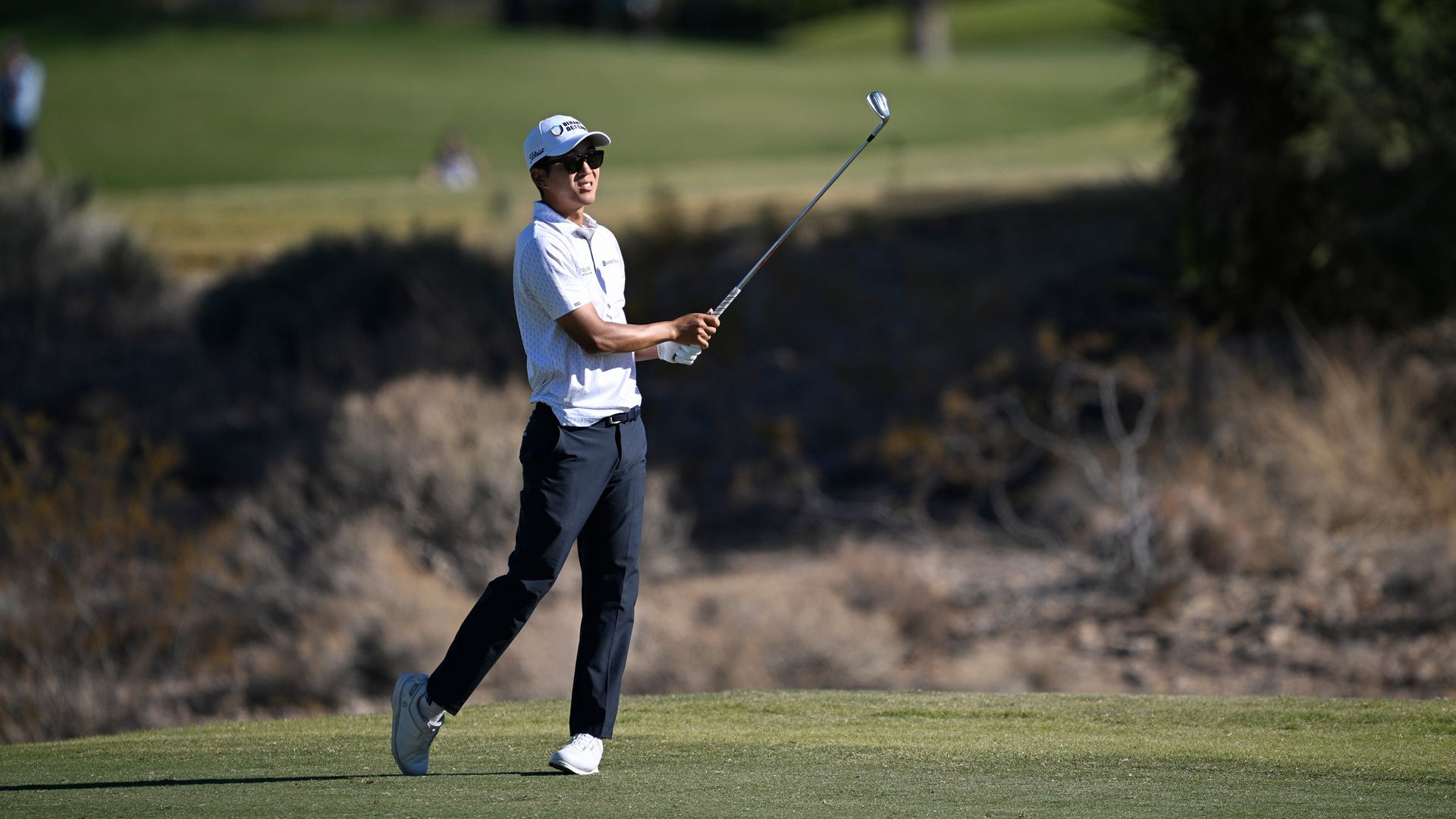
Trends on Tour and Among Club Designers
Professional golfers typically favor irons due to their superior workability and shot-shaping capabilities. However, even on tour, hybrids have carved out a niche. Many professionals carry a hybrid or two, especially in windy conditions or on courses where high, soft landings are essential.
What’s more telling is the trend among equipment manufacturers. Virtually every brand now offers a wide range of hybrid models, often designed specifically to replace certain irons. There are even hybrid-iron sets available for players who prefer the hybrid design throughout most of their bag. This shift reflects a growing recognition that hybrids can benefit a wide range of golfers, not just beginners.
Additionally, some club designers now offer driving irons—clubs that look like irons but offer some of the forgiveness and distance of a hybrid. These are targeted at low-handicap and scratch players looking for an alternative to fairway woods or hybrids. This growing variety allows players to fine-tune their set according to their preferences and needs.
Club Fitting and Personalization
One of the most effective ways to determine whether you should carry irons or hybrids is through a professional club fitting. A fitter can analyze your swing, ball flight, and performance with both club types and provide data-driven recommendations tailored to your game.
Fittings can reveal surprising insights. Some golfers assume they need hybrids, only to discover they strike long irons better. Others may realize they’re losing valuable distance and control by sticking with irons they can’t consistently hit. A club fitting removes guesswork and ensures that your bag is optimized for performance.
Personalization also plays a role. Preferences for feel, sound, and appearance matter when selecting equipment. Even if the data shows similar performance between an iron and hybrid, you may prefer one simply because it feels better to hit. These subjective factors can influence consistency and confidence on the course.
Bag Composition and Set Strategy
The final decision of irons vs. hybrids often comes down to how many clubs you can carry and what balance of distance and versatility you need. Most golfers are allowed 14 clubs in their bag, and each one should serve a purpose.
A common setup might include hybrids to replace the 3- and 4-irons, with traditional irons starting at the 5 or 6-iron and going down to wedges. This combination offers the best of both worlds: the forgiveness and launch of hybrids, and the precision and control of shorter irons.
Ultimately, the right mix depends on your strengths, weaknesses, and the types of courses you play. A well-constructed bag should give you options for every type of shot without redundancy. That means choosing clubs not just for what they are, but for what they help you accomplish on the course.
Find What Works for You
The debate between irons and hybrids doesn’t have a one-size-fits-all answer. It comes down to your unique playing style, goals, and preferences. While hybrids offer clear advantages in forgiveness and versatility, irons remain valuable tools for precision and control.
The best approach is not to rely solely on what others recommend or what’s trending. Test different clubs, get fitted, and evaluate what helps you play your best golf. Whether you fill your bag with sleek long irons or forgiving hybrids—or a combination of both—the goal is always the same: to enjoy the game more and shoot lower scores.
More from Fairway Control


